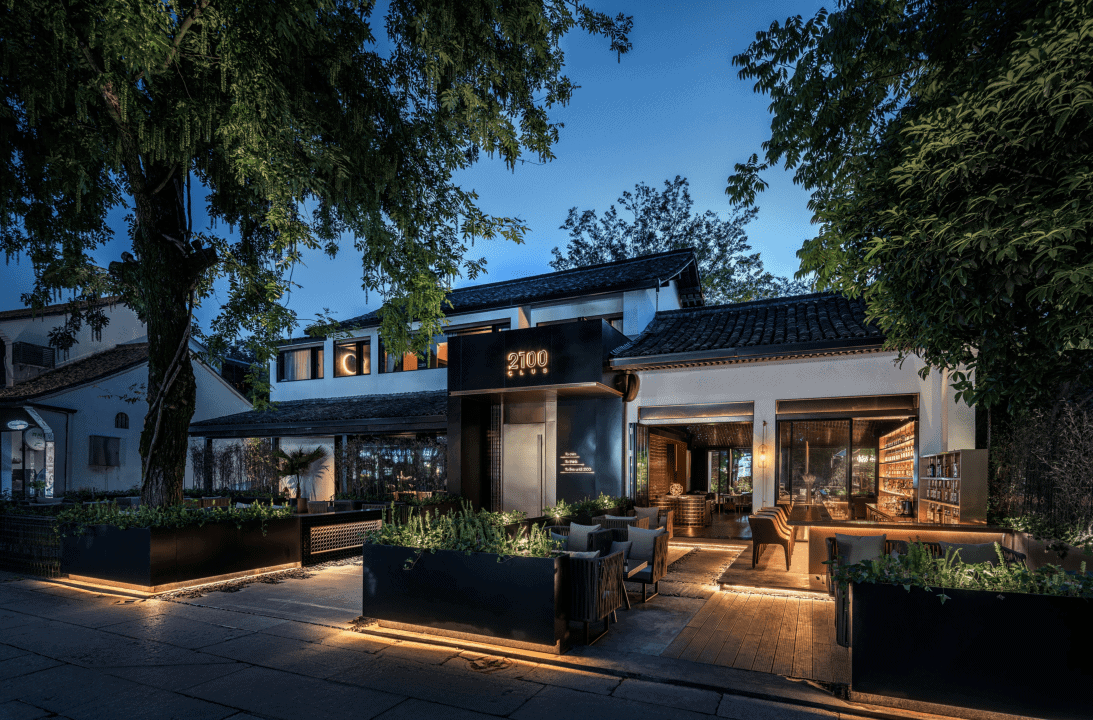Senior residences are accommodation for healthy, independent, able-bodied or semi-able-bodied seniors, generally over 60 years of age. These residences offer flats or individual houses as well as various services, adapted and designed for senior citizens.
Senior citizen residences differ from autonomous residences in their private status and in the range of facilities and services they offer, which are more focused on entertainment and well-being.
The services offered are presented in the form of “packs” comprising basic services to which specific services can be added according to the wishes of each individual.

These services differ from one residence to another, but you will generally find a reception service or concierge service with a presence 7 days a week, a switchboard, the supply of linen, cleaning of the premises, daily entertainment and access to convivial communal areas such as a television lounge or a library.
Senior residences are often considered as accommodation reserved for a wealthy clientele, but if this was true at one time, today the market is so growing that the offers are multiplying and targeting an ever wider public, with prices that are increasingly affordable.
Why is there such a boom in senior residences?
In 2017, there were 16.9 million people aged over 60 in France, i.e. 1 in 4 people. In 2050, there will be 22.3 million, or 1 in 3 people. It is estimated that in 2050, 3 million of the 5 million people over 85 will be fully independent. This demographic dynamic and the growing proportion of independent seniors will inevitably lead to a sharp increase in the demand for adapted accommodation for able-bodied and semi-able-bodied seniors.
Among seniors, the main expenses are for health, housing and home help. Boredom, loneliness and social isolation are pushing seniors to turn to adapted accommodation solutions in order to recreate a social circle and enjoy their retirement.
Some residences also offer guest rooms, allowing resident clients to temporarily accommodate their friends and family, and the activities and communal areas help to recreate a social link between residents.
The public’s opinion of retirement homes has changed
The French now distinguish between medicalised and/or hospital establishments for dependent and/or disabled elderly people (EHPAD) and senior residences. Nearly one person in two is considering moving into a senior residence when they retire and 83% of French people have a good opinion of them.
In 2016, there were 580 senior residences in France, i.e. 45,000 units, which corresponds to an accommodation rate of less than 2% of seniors over 75 years old, which gives an idea of the deficit that exists in this sector.
The new residences opened in 2017 did not increase the rate of accommodation capacity. It is estimated that at the end of 2018, the territory should have 726 senior residences and this number should have just exceeded one thousand by 2020, which has not been the case for obvious health and economic reasons.

According to a geographical study by the website Logement-seniors.com, the regions with the highest number of requests for accommodation in senior citizen serviced residences in 2017 are: Ile de France with 18.8% of French requests, the Provence-Alpes-Côte d’Azur region with 15.2%, and the Occitania region with 13.9%. And these figures will continue to increase in correlation with the growing number of seniors in the French population.

